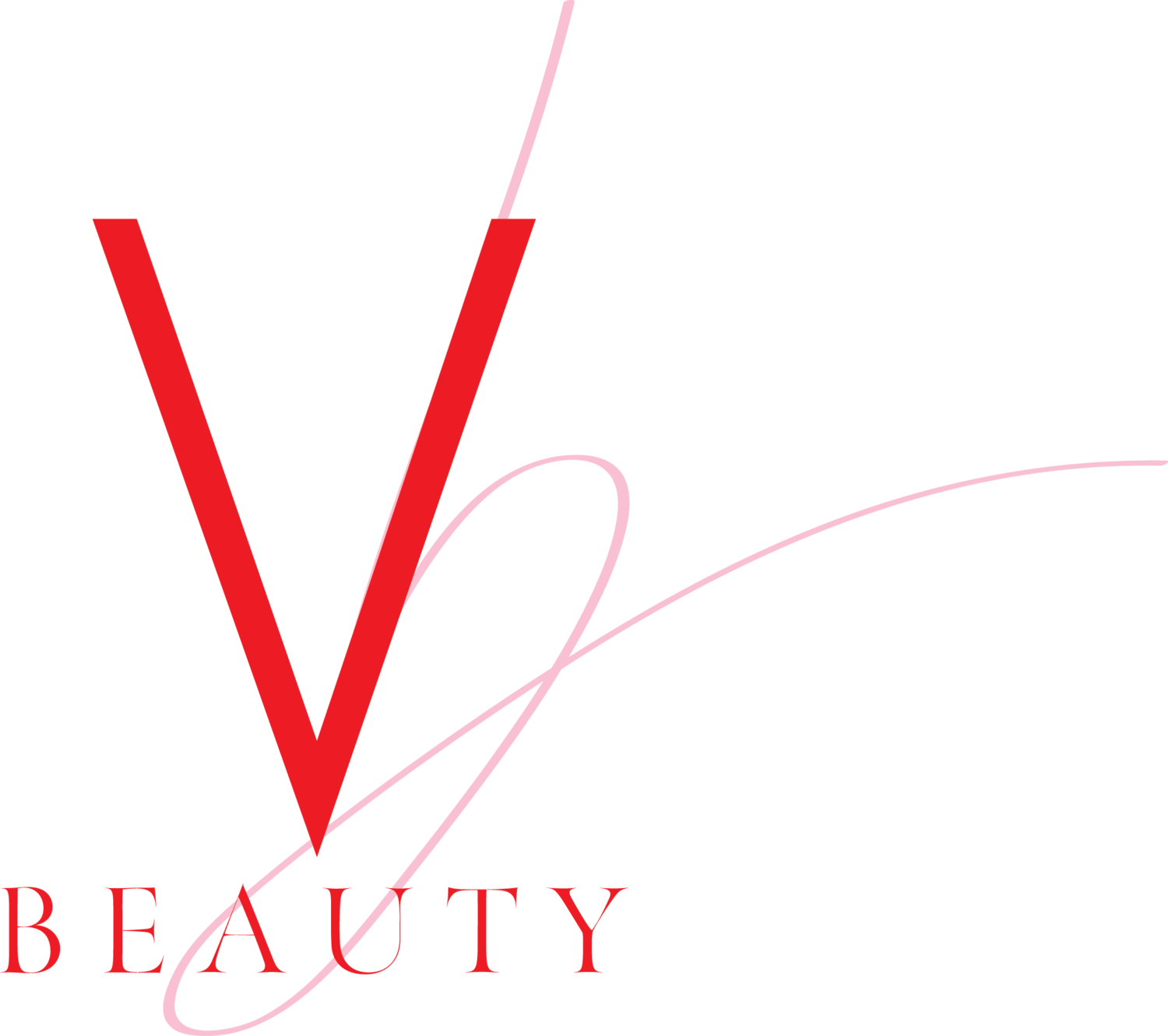Say Yes to Yin
Forget power yoga (what does that mean anyway?). Untie mental knots and increase flexibility with yin yoga:
I’m not ashamed to say that I hated my first yin class. Because I don’t like to exercise, and am not outdoorsy in the least, yoga is my only time to sweat. Here in yin yoga we were lolling around on bolsters, holding each (restorative) pose for two to four minutes…ouch that’s a long time! I didn’t understand it but I still attended classes at Seema Sondhi’s The Yoga Studio in Delhi. Every Tuesday at 7pm. Until one day, when I had a enlightened moment. After an unusually hard week I was in yin class. After a series of hip openers we sat in the pigeon pose, thatI find just so restorative and relaxing. Savira, the instructor at Seema’s studio asked us to breathe into each side for a minute and see what thought came up. The left is the practical side and the right is emotions. I’m going to spare you the details of what came up, but I will tell you this. Each side brought up completely forgotten emotion, one that I had perhaps buried under a mountain of mental activity.
So here’s how it works: In yin yoga, you hold restorative poses from two -five minutes. The poses must be held with completely relaxed muscles. This means no tight glutes, core or legs. Let your feet flop on the side, curl your back (in forward folds) and let your arms hang loose. Allow your body to relax so the connective tissue is loose and can stretch without being under stress. Yin improves your practice by making you more flexible. The blood rushing into the certain area after the pose held long and released, also heals old wounds. It’s ideal from ashtanga/vinyasa yogis and anyone who wants to increase flexibility. But these are just the physical side effects.
The real purpose of yin is to untie the knots in your body, so thoughts (both good and bad) can float to the surface and be released. So you can progress by making room for the new.
Lead image: Taken from Seema Sondhi, The Yoga Studio

